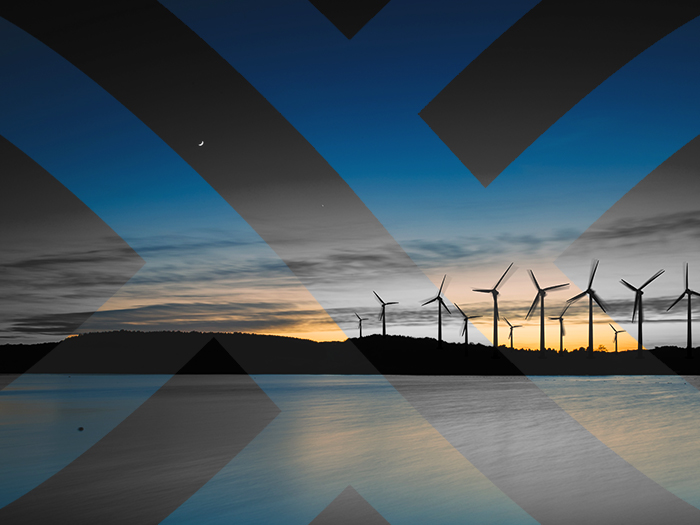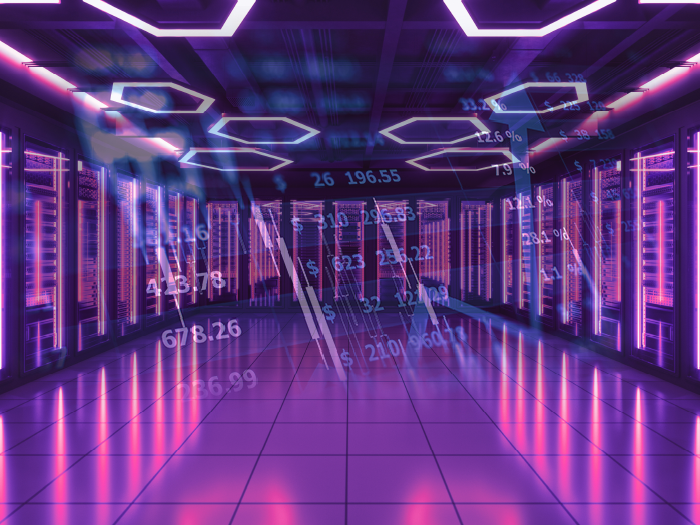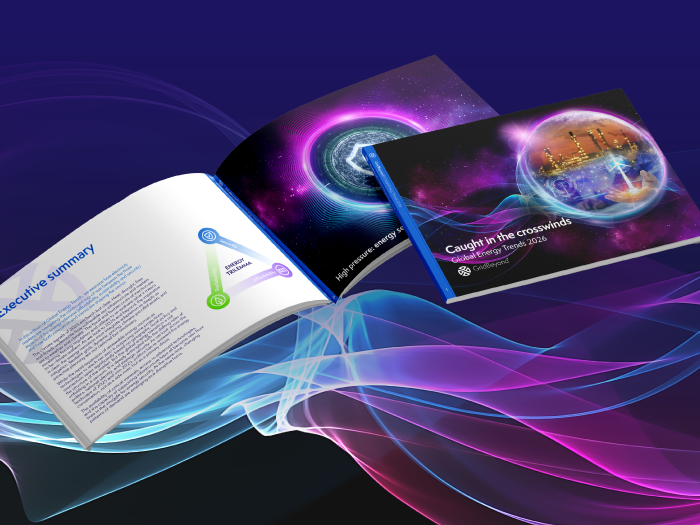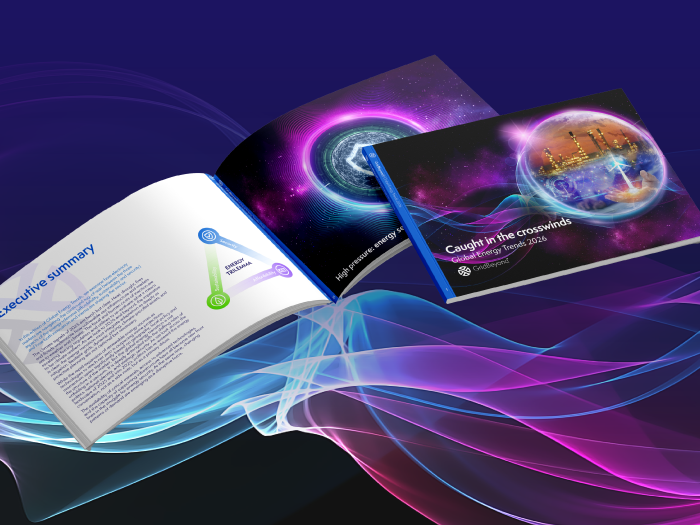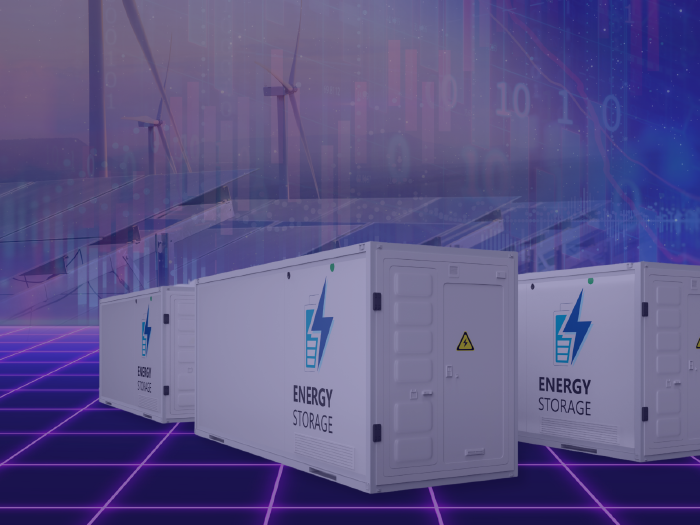News
better business decisions
Posted 1 year ago | 2 minute read

Clean generation to cover additional electricity demand, says IEA
Anticipated global electricity demand growth over the next three years will be entirely met by clean energy sources, according to the latest report from the IEA.
Published on 24 January, the report notes that renewable energy, including solar, wind, and hydro, along with nuclear power, are poised to achieve record-high levels of electricity generation, surpassing fossil fuels by 2026.
Electricity 2024 is the latest edition of the IEA’s annual analysis of electricity market developments and policies, providing forecasts for demand, supply and carbon dioxide (CO2) emissions from the sector through 2026. The report finds that while global growth in electricity demand eased slightly to 2.2% in 2023 due to falling electricity consumption in advanced economies, it is projected to accelerate to an average of 3.4% from 2024 through 2026. About 85% of the increase in the world’s electricity demand through 2026 is expected to come from outside advanced economies – most notably China, India and countries in Southeast Asia.
Low-emissions sources are expected to account for almost half of the world’s electricity generation by 2026, up from a share of just under 40% in 2023. Renewables are projected to contribute over one-third of total electricity generation by early 2025, overtaking coal. Similarly, nuclear power generation is set to reach unprecedented levels by 2025, driven by increased output from France and the reactivation of plants in Japan. This shift marks a significant milestone, with fossil fuels accounting for less than 60% of global generation for the first time in over five decades. As a result, global emissions from electricity generation are expected to decrease by 2.4% in 2024, followed by smaller declines in 2025 and 2026.
The decoupling of global electricity demand and emissions would be significant given the energy sector’s increasing electrification, with more consumers using technologies such as electric vehicles and heat pumps. Electricity accounted for 20% of final energy consumption in 2023, up from 18% in 2015, though meeting the world’s climate goals would require electrification to advance significantly faster in the coming years.
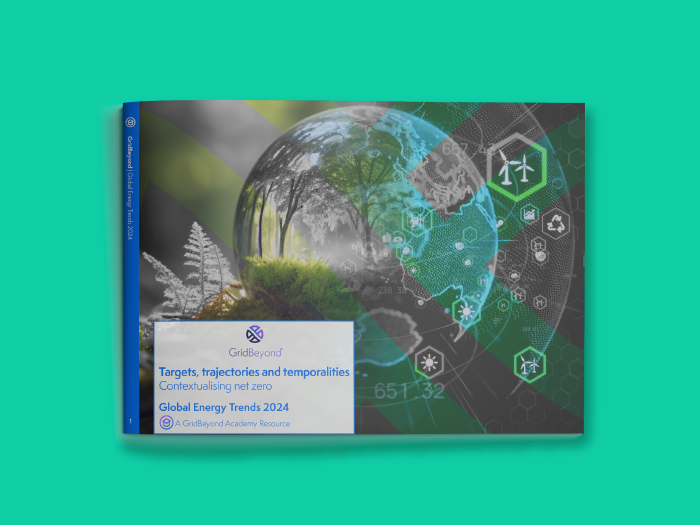
White Paper Global Energy trends 2024 -Targets, trajectories and temporalities | Contextualising net zero
In this White Paper, which is the 2023-24 edition of our Global Energy Trends series, we look at the reality of, expectations for, and pathways towards net-zero, evaluate whether we on the right track? Explore how the gaps can be bridged by action and technology? And ask what can be done by policy-makers, regulators and industry to move the energy transition from target and trajectories to net zero.
Learn more
